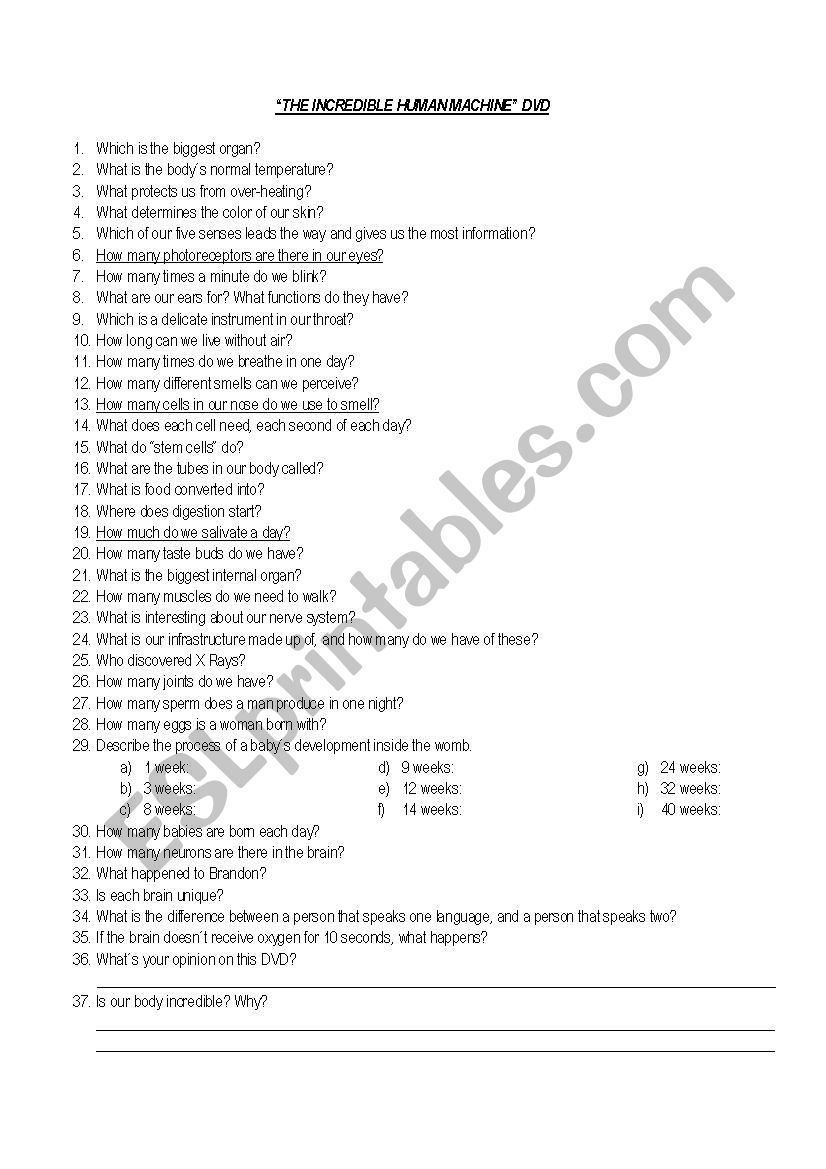What Is Consumer Math
Consumer math is a practical, real-world application of mathematical concepts designed to equip individuals with the skills needed to make informed financial decisions in everyday life. Unlike traditional mathematics, which often focuses on abstract theories and complex equations, consumer math is grounded in tangible scenarios such as budgeting, taxes, interest rates, and investments. It bridges the gap between theoretical knowledge and practical financial literacy, empowering individuals to navigate the complexities of modern economic life with confidence.
The Core of Consumer Math
Consumer math encompasses a range of topics that directly impact personal finances and daily decision-making. These include:
Budgeting and Financial Planning
- Creating and managing budgets to balance income and expenses.
- Understanding fixed vs. variable expenses and prioritizing spending.
- Creating and managing budgets to balance income and expenses.
Interest and Loans
- Calculating simple and compound interest for savings accounts, loans, and credit cards.
- Evaluating loan terms, including principal, interest rates, and repayment schedules.
- Calculating simple and compound interest for savings accounts, loans, and credit cards.
Taxes
- Understanding income tax, sales tax, and other taxes.
- Calculating net income after deductions and withholdings.
- Understanding income tax, sales tax, and other taxes.
Discounts and Sales
- Computing discounts, markdowns, and sale prices.
- Comparing prices to determine the best value for money.
- Computing discounts, markdowns, and sale prices.
Wages and Payroll
- Calculating gross and net pay, including deductions for taxes and benefits.
- Understanding overtime pay and hourly wage calculations.
- Calculating gross and net pay, including deductions for taxes and benefits.
Investing Basics
- Introduction to savings accounts, stocks, bonds, and retirement plans.
- Calculating returns on investments and understanding risk.
- Introduction to savings accounts, stocks, bonds, and retirement plans.
Credit and Debt Management
- Evaluating credit card offers and understanding APR (Annual Percentage Rate).
- Managing debt and creating strategies for repayment.
- Evaluating credit card offers and understanding APR (Annual Percentage Rate).
Why Consumer Math Matters
In an era of increasing financial complexity, consumer math is more critical than ever. It helps individuals:
- Avoid Debt Traps: Understanding interest rates and loan terms prevents falling into cycles of debt.
- Make Informed Decisions: Comparing prices, evaluating discounts, and assessing investments ensures smarter spending.
- Plan for the Future: Budgeting, saving, and investing wisely pave the way for financial security.
- Navigate Economic Challenges: From inflation to economic downturns, consumer math provides tools to adapt and thrive.
Real-World Applications
Consumer math is not confined to textbooks; it’s embedded in daily life. For example:
- Grocery Shopping: Calculating unit prices to determine the best deals.
- Buying a Car: Comparing loan offers and understanding depreciation.
- Planning a Vacation: Budgeting for travel expenses and converting currency.
- Retirement Planning: Estimating future savings needs and exploring investment options.
Expert Insight: According to a 2021 study by the National Financial Educators Council, only 57% of adults in the U.S. are financially literate. Consumer math education can significantly reduce this gap, fostering better financial health for individuals and communities.
Teaching Consumer Math
Educators and parents play a vital role in imparting consumer math skills. Effective teaching strategies include:
- Hands-On Activities: Simulating real-life scenarios like budgeting or investing.
- Technology Integration: Using financial apps and calculators to reinforce concepts.
- Case Studies: Analyzing real-world financial situations to apply theoretical knowledge.
- Gamification: Incorporating games and challenges to make learning engaging.
Key Takeaway: Consumer math is not just about numbers; it’s about empowering individuals to take control of their financial futures. By mastering these skills, people can make smarter decisions, avoid pitfalls, and build long-term wealth.
Challenges in Consumer Math Education
Despite its importance, consumer math faces challenges:
- Limited Curriculum Integration: Many schools prioritize traditional math over practical financial education.
- Lack of Engagement: Students often find financial topics dry or irrelevant.
- Rapidly Changing Financial Landscape: Keeping content up-to-date with evolving tools and technologies is essential.
Future Trends in Consumer Math
As technology advances, consumer math education is evolving:
- Digital Banking and Cryptocurrency: Understanding online transactions and digital currencies.
- AI-Powered Financial Tools: Leveraging artificial intelligence for budgeting and investing.
- Global Financial Literacy: Addressing international financial systems and currency exchange.
What age should one start learning consumer math?
+Consumer math concepts can be introduced as early as elementary school, starting with basic budgeting and money management. By middle school, students can explore more complex topics like interest and taxes.
How does consumer math differ from traditional math?
+Traditional math focuses on abstract concepts like algebra and geometry, while consumer math applies mathematical principles to real-life financial situations, such as budgeting, taxes, and loans.
Can consumer math help reduce debt?
+Yes, understanding interest rates, loan terms, and budgeting techniques can help individuals avoid excessive debt and develop strategies for repayment.
What tools can aid in learning consumer math?
+Financial calculators, budgeting apps, online courses, and real-life simulations are effective tools for learning consumer math.
Is consumer math relevant for all income levels?
+Absolutely. Regardless of income, understanding consumer math helps individuals make informed decisions, save money, and plan for the future.
Conclusion
Consumer math is an essential life skill that transcends the classroom, shaping how individuals manage their finances and navigate the complexities of the modern economy. By integrating practical financial education into curricula and daily life, we can foster a generation of financially savvy individuals capable of making informed decisions and achieving long-term financial stability. Whether you’re a student, parent, or educator, investing time in understanding consumer math is an investment in a brighter, more secure future.
